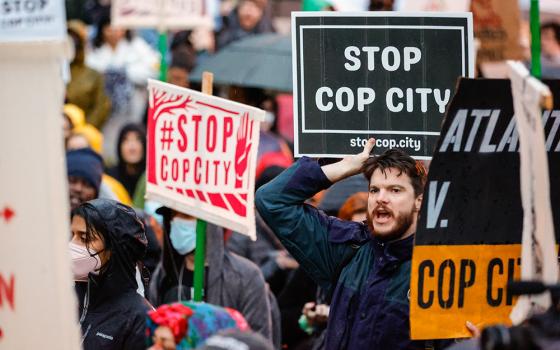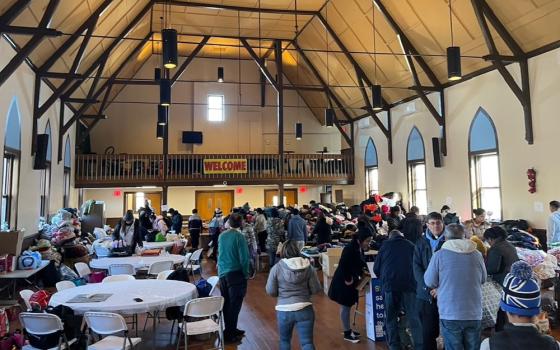For the past two years, police rules of engagement have been under fire by protesters. But they have also been under close analysis by the police themselves. In December the Police Executive Research Forum led a police trip to Scotland to observe how unarmed police there engage the mentally ill, domestic abusers and thieves and murderers. Now 200 law enforcement leaders have unveiled 30 principles designed to help de-escalate police confrontations with suspects in the United States. They call it "re-engineering training on police use of force."
The published report of the 30 principles begins with this note: "A comprehensive approach will be required to implement the changes described in this document."
Yes, indeed, a comprehensive approach will be needed. The first point is that the sanctity of life should be at the heart of everything an agency does. No surprise there. But point two calls for policing to hold to a higher standard than the "objective reasonableness" legal requirements set by the Supreme Court in 1989. This is a surprise. It will challenge the basic defense we've seen used by police, "I felt my life was in danger." The policies go on to call for proportionality, de-escalation methods, a Critical Decision-Making Model, and much more.
As I wrote last week, legislation under consideration in Missouri would attempt to change the well-documented disproportionate police traffic stops of blacks. The newly developed set of principles provides a much fuller, practical set of guidelines calling, for example, for immediate medical first aid for downed suspects and ending the 21-foot police parameter for mentally ill suspects. It is a comprehensive reworking of police rules of engagement.
The New York Times report of this effort to retrain police states that police don't keep uniform records of police firings of their weapons, much less the woundings incurred or deaths caused. The story also predicts that police unions will resist the 30 principles. But I look with amazement at how for this analysis of police engagement has come.
On Christmas Day in 2014 The Washington Post ran an op-ed by Ian Ayres and Daniel Markovits that calls for new rules. It was the first clear analysis I had read, and it gave me a sense of the breadth and depth of the issue. Today, reading these 30 principles, I sense a police re-commitment to the ideals that bring young men and women to police academies, the desire to serve and protect the community.








